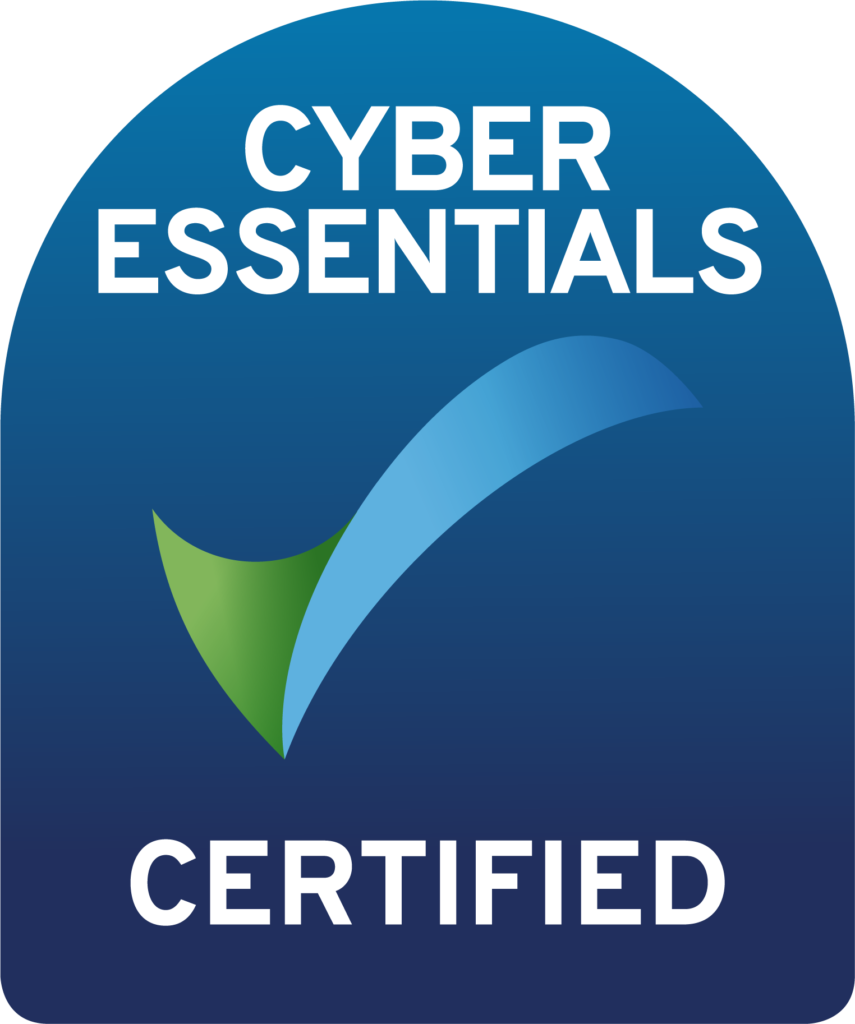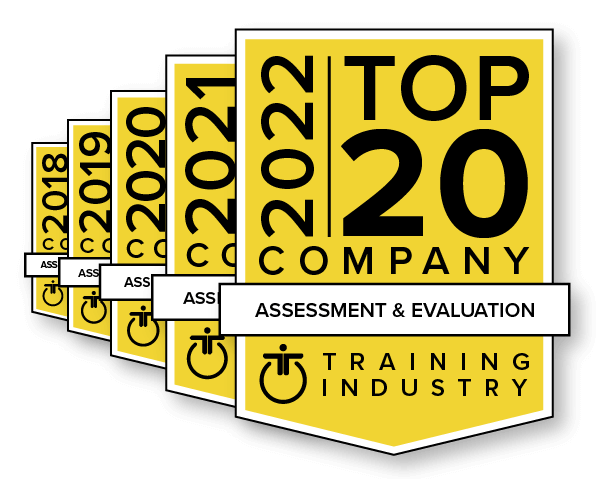The A-Team was a hugely popular TV show in the 1980’s in which a dysfunctional team of loveable rogues beat insurmountable odds to bring justice to the wronged. The screenwriters didn’t invent the term but popularised it, and now we all recognise an A-Team as a highly functioning group that consistently produces fantastic results. So what makes an A-Team?
Effective Communication is the Key
Every great team is made of individuals who communicate well because they:
- Understand and respect each other’s views and differences.
- Recognise that in some ways we are all similar and that in other ways we are very different to each other.
- Appreciate that we all view the world through a different lens and therefore give and receive messages differently.
- Listen with the intent to truly understand the other person rather than to confirm their existing view or wait for the opportunity to speak.
- Look beyond the communication style of the messenger to find the true intention and motive behind the words.
- Adapt their communication style to suit their audience.
How do we become an Effective ‘A-Team’ in communication?
We do this by recognising that people are complex, but relationships don’t need to be. We create this by fostering an environment of awareness, understanding, acceptance and appreciation of ourselves and others.
Awareness & Understanding
Effective communication starts with a greater awareness of your own values and motives, including your natural strengths and the things that energise/de-energise you or may trigger conflict for you. The next step is to consider how well you understand the others in your team – their values, motives, natural strengths, and the things that energise/de-energise them or may trigger conflict for them. How we communicate with each other is fundamentally connected to our core values. We are all driven by a unique blend of three primary motives that are led by a concern for people, performance and process. This is what we call our Motivational Value System (MVS).
Acceptance + Appreciation = Effectiveness
Once we understand each other more, we can genuinely accept the difference that we all bring to a situation and hear people without making judgements based only on our own perspectives. This allows us to then truly appreciate and value different points of view, which fosters healthy challenge and debate. There’s no shortage of correlation between teams that actively pursue all sides of an issue and outstanding achievement. It sounds simple, but the environment that encourages that kind of collaboration requires an adaptability in communication among team members that puts partnership first.








